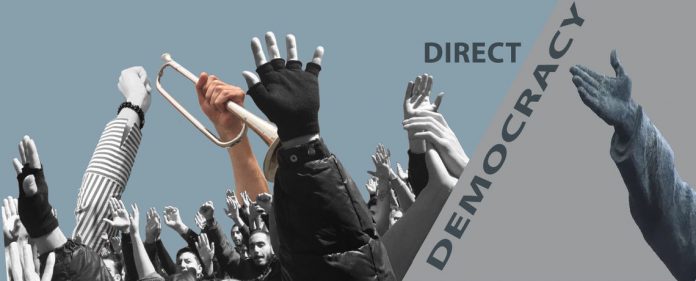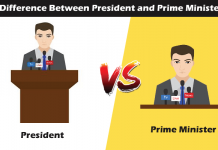Throughout time, there have been a variety of different experiments with respect to Governing. One of which is Direct Democracy, or Pure Democracy. This model was first attempted by Ancient Athens, and tries to include all citizens with the decision-making process. But what is it and what does it mean?
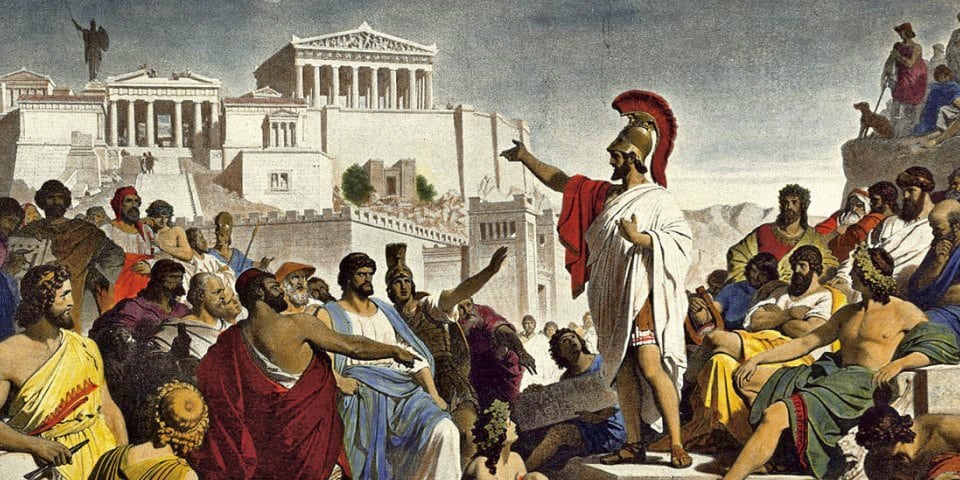
The Core Concept
The Direct Democratic model allows all citizens to participate in the Governing decisions of the State. Citizens attend some type of Assembly and are involved in discussion and debate about certain policies and decisions. Following the discussion, each present citizen is given a vote on the particular issue. Some of the decisions that citizens are involved in include:
- Electing Officials
- Dismissing Officials
- Creating Laws
- Executing Trials
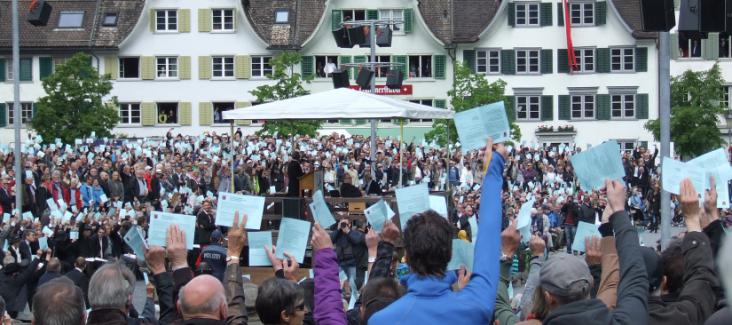
The theory behind this system is that as long as the State’s citizens have influence within the Governing system, they will be more likely to participate in politics and make decisions that work toward a common good.
An Example of Direct Democracy
Perhaps the greatest example of the Direct Democratic model is Ancient Athens. Athenians met in an Assembly several times each year to discuss and vote on important issues.
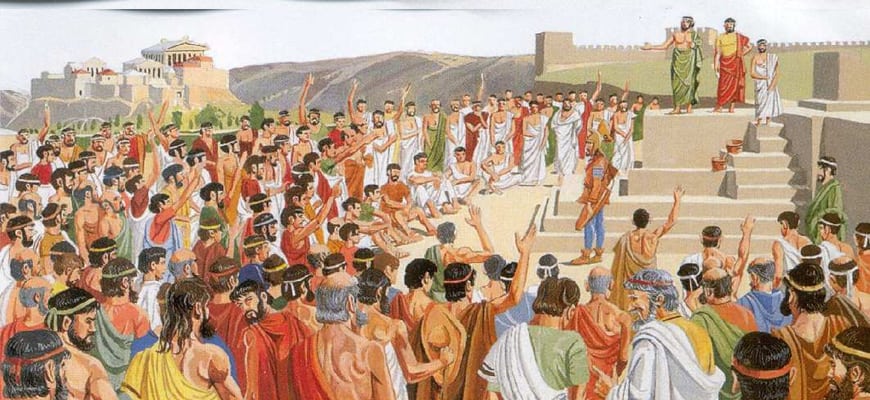
Additionally, citizens were appointed to Administrative positions to dictate the agenda of the Assembly. These individuals served for certain intervals of time until they were replaced by another citizen. This ensured that almost all citizens had the opportunity at one point or another to serve an Administrative role while also preventing any individual or group from acquiring too much power and abusing that power to run the entire Assembly for extended periods of time.
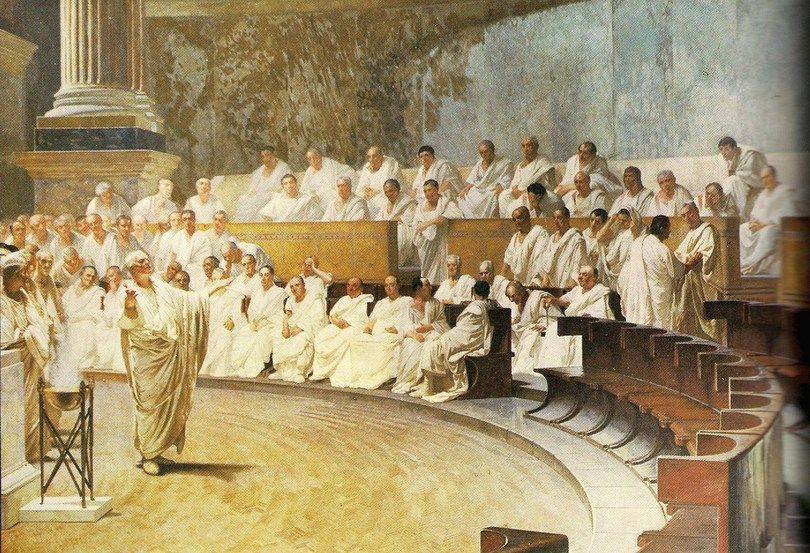
This model lasted for about two-hundred and fifty years in Athens, but did face criticism. Socrates, Plato and Aristotle critiqued the model because they believed that everyday people in positions of power only pursued their personal interests. Thus, because the majority of those in power had an average amount of money, it was believed that those with wealth often suffered from policies that took away from them.
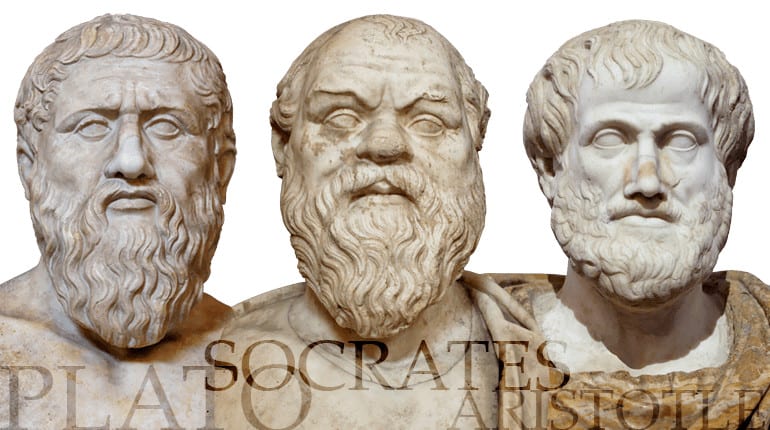
Aristotle therefore wanted a new Governing system introduced called Polity. Essentially, this mixed the two concepts of “rule by the few” with “rule by the many.” An excellent example is the Roman Republic, which placed citizens in the Assembly and aristocrats in the Senate.
Electronic Direct Democracy
There is no question that this Governing tactic is best used in small scenarios. In large countries or cities, this technique is deemed inefficient and highly unrealistic to work. With the progression of technology though, many and re-evaluating this method.

This idea behind this Electronic Direct Democratic model is that all citizens will be able to partake in key elements of Governing through technological means, such as:
- Recall Representatives
- Vote On Legislature
- Create New Legislature
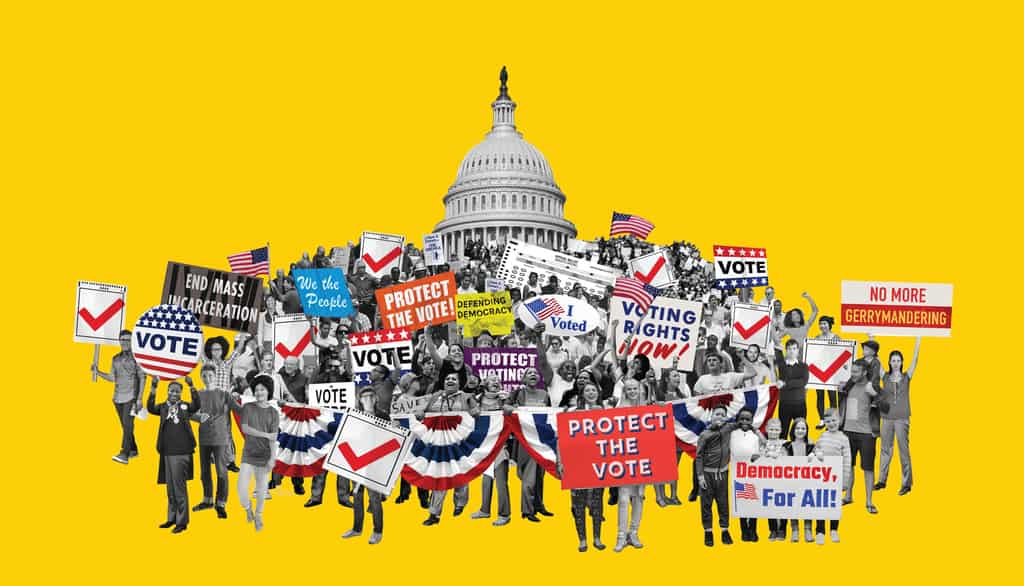
Some of the technologies available today have allowed small town halls and student organizations to use this model, but using it on a larger scale is far less likely until technology improves.
- What Is Aromatherapy Vs. What Are Essential Oils?
- What is La Tomatina in Bunol, Spain Like? What to Expect at the Famous Tomato Throwing Festival
Finished Past, Or Possible Future?
The question as to whether or not this method of Governing is already finished or still a plausible option is still debated.

It is certainly worth looking into as technology improves and allows for the everyday individual to participate in regular, everyday politics. Nonetheless, there are numerous forms of Democracy like Representative that meet core fundamental Democratic principles.


